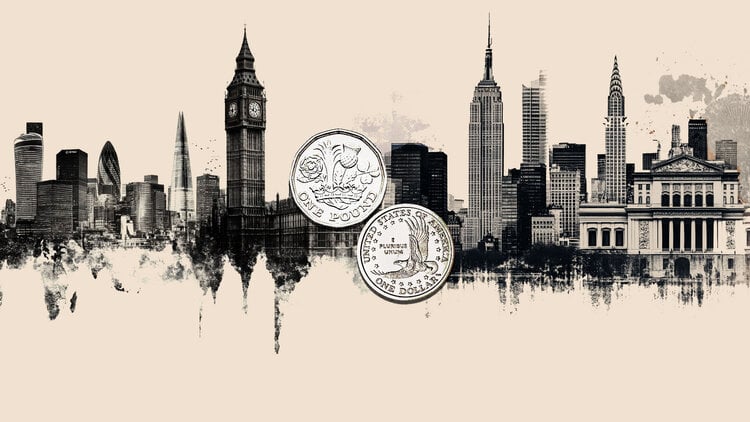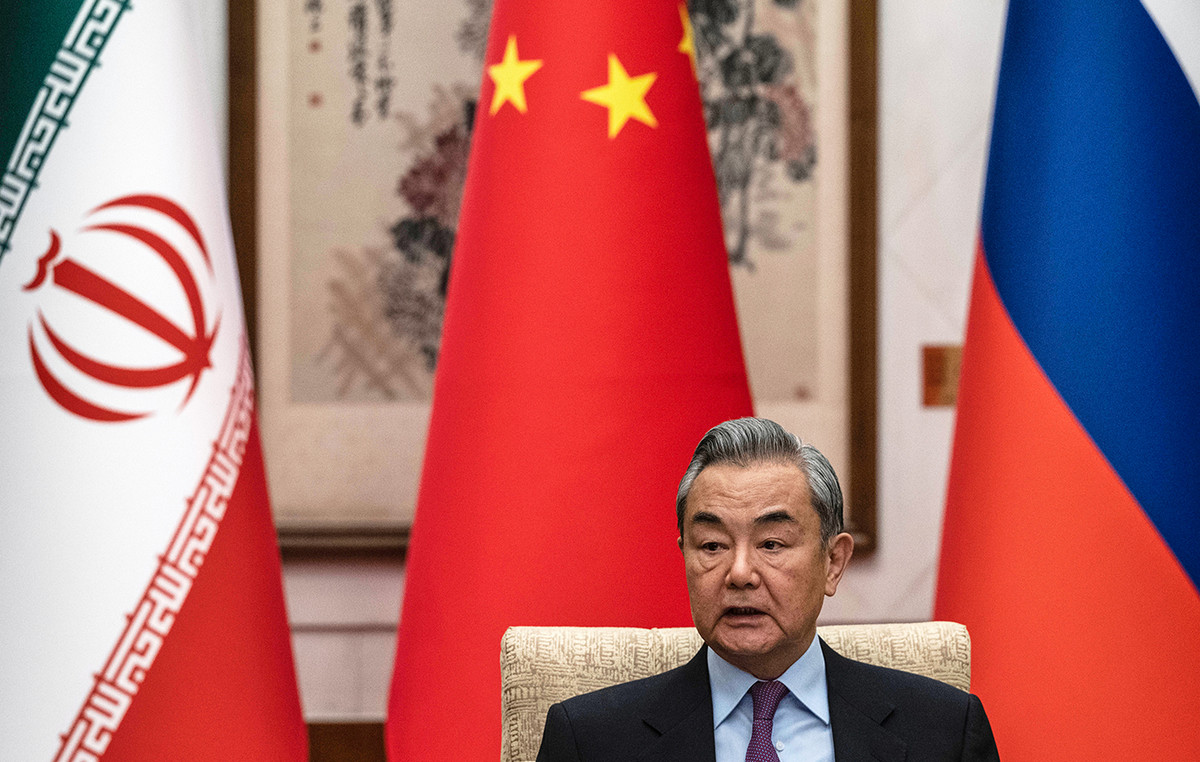- EUR/JPY strengthens as Japan’s Economy Minister Ryosei Akazawa offers no clear indication of when the BoJ might raise interest rates.
- Total household spending in Japan contracted 0.4% year-on-year in November, better than the expected decline of 0.6%.
- The Euro could struggle as traders expect the EC to implement a 25 basis point rate cut in January.
EUR/JPY recovers its recent losses from the previous session, trading around 163.00 during Asian hours on Friday. The recent rise in the EUR/JPY cross is attributed to the weakness of the Japanese Yen (JPY), as uncertainty continues over the timing of interest rate hikes by the Bank of Japan (BoJ).
Japan’s Economy Minister Ryosei Akazawa declared Friday that the country is at a “critical stage” in overcoming the public’s deflationary mentality. Akazawa added, “Once we can officially declare an end to deflation, we can stop using the tools we have had in place to combat it.”
In November, total household spending in Japan contracted 0.4% year-on-year in real terms, which was less than the expected decline of 0.6% and an improvement from the 1.3% decline seen in previous month. Additionally, JP’s foreign reserves fell by $8.28 billion to $1.12 trillion in December, marking the lowest level since July.
In the Eurozone, inflation rose to 2.4% in December, from 2.2% in November, while retail sales saw a modest rise of 0.1% month-on-month in November, after a fall of 0.3% in October. However, analysts believe this will not deter the European Central Bank (ECB) from implementing a 25 basis point (bps) rate cut in January.
Markets are currently pricing in a 96% chance of a 25 bps rate cut this month, and expectations for further easing in 2025 have been reduced to three quarter-point cuts, with a 70% chance of a room.
US Interest Rates FAQs
Financial institutions charge interest rates on loans from borrowers and pay them as interest to savers and depositors. They are influenced by basic interest rates, which are set by central banks based on the evolution of the economy. Typically, central banks are mandated to ensure price stability, which in most cases means targeting an underlying inflation rate of around 2%.
If inflation falls below the target, the central bank can cut base interest rates, in order to stimulate credit and boost the economy. If inflation rises substantially above 2%, the central bank typically raises core lending rates to try to reduce inflation.
In general, higher interest rates help strengthen a country’s currency by making it a more attractive place for global investors to park their money.
Higher interest rates influence the price of Gold because they increase the opportunity cost of holding Gold instead of investing in an interest-bearing asset or depositing cash in the bank.
If interest rates are high, the price of the US Dollar (USD) usually rises and, since Gold is priced in dollars, the price of Gold falls.
The federal funds rate is the overnight rate at which U.S. banks lend to each other. It is the official interest rate that the Federal Reserve usually sets at its FOMC meetings. It is set in a range, for example 4.75%-5.00%, although the upper limit (in this case 5.00%) is the figure quoted.
Market expectations about the Federal Reserve funds rate are tracked by the CME’s FedWatch tool, which determines the behavior of many financial markets in anticipation of future Federal Reserve monetary policy decisions.
Source: Fx Street
I am Joshua Winder, a senior-level journalist and editor at World Stock Market. I specialize in covering news related to the stock market and economic trends. With more than 8 years of experience in this field, I have become an expert in financial reporting.







